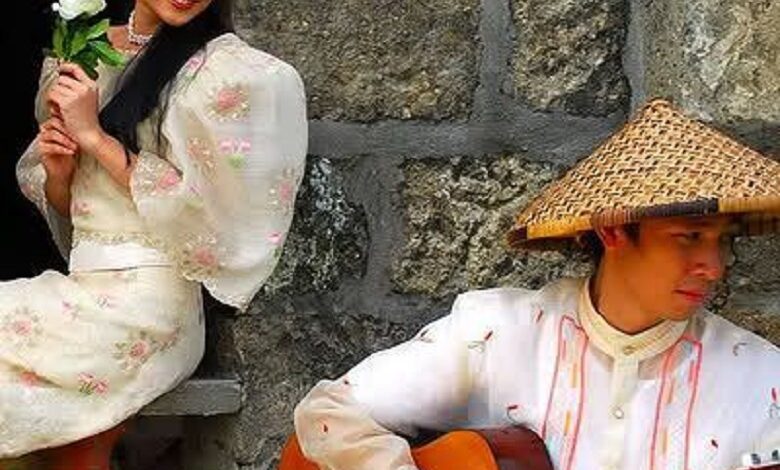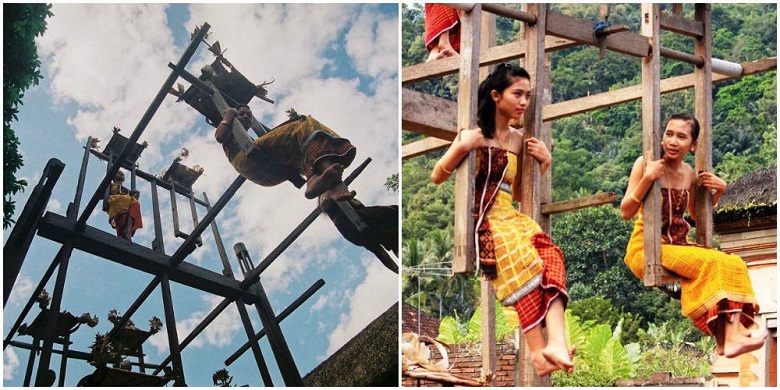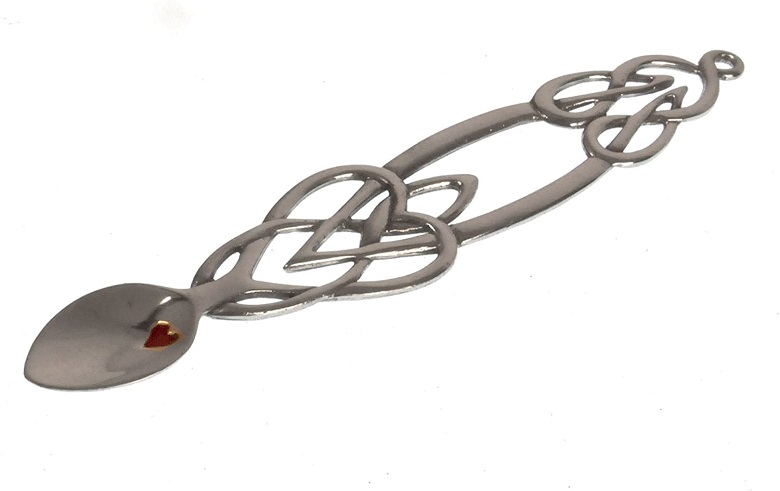12 unusual dating/marriage rituals practices globally

Culture is people’s ways of life that make them unique, but in some tribes, their ways of life are scary and raise eyebrows.
In every culture worldwide, there must be a strange practice(s) that will give you a tongue out—ranging from food, marriage, birth, farming, harvest, death, etc. In this article, we focus only on Marriage/dating rituals practices around th world.
Fight for the bride (Tenganan village, Bali)

Single men in the village of Tenganan in Bali take part in an ancient custom every May to attract ladies. They fight each other, armed with the thorny leaves of the pandanus plant and using only a bamboo shield for protection. Even though it seems cruel, the girls are eager to see this event. They place on a Ferris wheel driven by legs, which stops only when the fight ends.
Fan language (Victorian era)

Victorian women were very subtle in informing men that they were not interested in them. If she doesn’t like you, she’ll cover her left cheek with a fan. It does not accept then, to tell the truth in person, so women of that era had a complex system of codes that their fans used. If she fanned herself slowly, she is busy; if quickly, she is on the lookout. If her fan covered her right cheek, then you’re in luck.
Apple slices under the armpit (Austria)

In 19th century Austria, girls looking for a partner held apple slices under their armpits while dancing. Then they offered apple slices, which absorbed the smell of their body, to their chosen one. If a man ate a piece of apple, then sympathy is mutual.
Celery stalk (Amish)
Amish courtship is always very secretive. In some communities, neighbors do not even know that there will be a wedding until it announces at the church a few weeks before the event. However, curious Amish people see a way to find out beforehand. Celery stew in cream is the main dish at wedding feasts, so if a family has celery stalks in the garden, then someone is getting married.
Lovespoon (Celtic people)

Ever since the 17th century, there has been a tradition in Welsh couples to exchange “love spoons.” With the help of these intricately carved wooden spoons, the Welsh people communicated their feelings to the chosen ones. There is an opinion that it was from this event that the word spooning appeared, which means in English not only to scoop with a spoon but also to coo, to hug.
Courting stick (Colonial America)

In the 18th century, New England couples had little or no private lives because there was always a “watcher” on their dates. To exchange words of love without getting close to each other, they used a hollow tube 180 centimeters long, called a “courting stick.” This way, the family members present at the date could make sure that nothing inappropriate was happening – for example, no one was holding hands.
Love letters (China)
During the Sisterhood Food Festival in Southwest China, their version of Valentine’s Day, the girls dress luxuriously and cook sticky rice in 4 different colors representing the year’s four seasons. They then give the rice, wrapped in a handkerchief, to their potential suitors. If a person wants to know how a girl treats him, he must unfold the scarf and sift the rice.
If a guy finds two red sticks inside, it means that the girl loves him. If there is only one wand inside, then the girl politely refused him. Woe to the guy who finds garlic or chili: this means that the girl categorically rejects him. If the Chinese woman has not yet decided or is waiting for the continuation of courtship, she hides pine needles in the rice.
Ukuhlobonga (Zulu tribe)
For an African Zulu tribesman to start courting a girl, “Older girls” (usually adult girls had power) had to decide that his chosen one was ready for this. Then the older girl permits to practice Ukhlobonga. The couple spends the night together, and the man is obliged to return the girl home before sunrise; otherwise, he will have to pay her father a fine of one goat. The girl’s father denies all knowledge of the “ukhlobonga,” but he is obliged to build a special hut where the couple will meet. In the end, a good father recognizes the groom by asking his daughter to bring livestock from her lover.
Lovers flute (Kickapoo tribe)

The Mexican Kickapoo tribe has used whistles for decades to convey love messages to their chosen ones. This usually happens in the village at sunset time and is a way for the couple to plan their evening date. Lovers even have their unique tones so as not to confuse their messages with those of other couples. Usually, a whistle is just a short message, but there are also entire conversations.
Guerewol (Wodaabe tribe)
In the African tribe of Wodaabe, men are the ones who are greeted “by their clothes” They value beauty and spend a lot of time grooming and beautifying themselves to be attractive to women. During the marriage festival called “Guerewol,” men dress to smithereens and participate in a dance competition called “Yaake.” And women judges choose the winners based on their skills and appearance.
Thimble (Puritans)

The Puritans considered wedding rings too insignificant, and instead, the future young bride received a thimble from the hands of her beau. She could then use this tool to embroider things for her new home, and she could also trim the bottom of it and wear it as a wedding ring.
Grabbing (Gypsy)
Gypsy girls are not allowed to go on dates, so if the boy wants to get her attention, he grabs her in an attempt to get a kiss. The ritual is called “Grabbing.”




